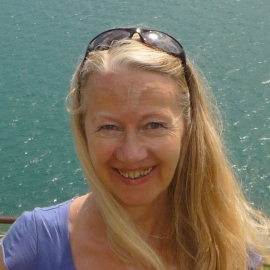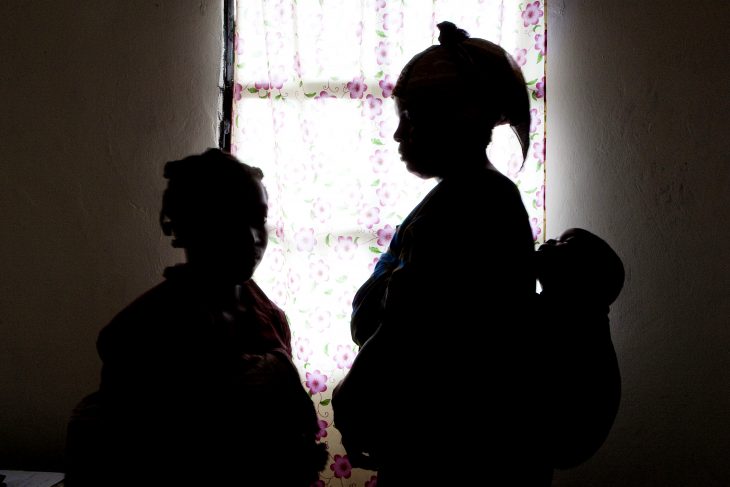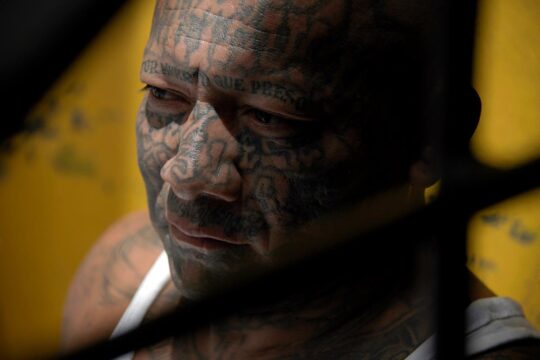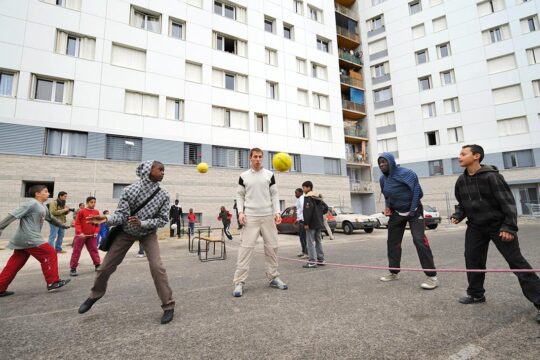Swiss NGO TRIAL International, a partner of JusticeInfo that supports victims of international crimes, is putting the spotlight on sexual violence in conflict at a series of events in Geneva on June 18-19 to mark its fifteenth anniversary. Among the participants is Danaé van der Straten Ponthoz, who has in particular worked with TRIAL and the UK Foreign & Commonwealth Office (FCO) Preventing Sexual Violence Initiative (PSVI), and is the co-author of the International Protocol on the Documentation and Investigation of Sexual Violence in Conflict (the “Protocol”). She spoke to JusticeInfo.
Justiceinfo: What is the Protocol?
Danaé van der Straten Ponthoz: Despite its name, the Protocol is not a legal instrument and it is not binding on states. It is basically a set of guidelines setting out best practice on how to document or investigate conflict and atrocity-related sexual violence. It is a practical tool to help national and international justice and human rights practitioners do their work in line with international standards, so that the evidence they collect can be used in court to support accountability and is gathered in a way that protects and empowers survivors.
Justiceinfo: I understand it focuses on sexual violence as an international crime. Is that correct?
Yes. It basically focuses on sexual violence as a war crime, a crime against humanity, an act of genocide or another gross human rights violation, such as torture. What is interesting is that the methodology we propose in the Protocol can support the documentation and investigation of all international crimes, such as methods around interviewing and the three main categories of information to collect to prove that a specific act amounts to an international crime. There are many chapters that are relevant whether you are documenting sexual violence or another international crime. The Protocol also contains specific guidance on the specific context, challenges and techniques required for interviewing and documenting conflict and atrocity-related sexual violence against children and male victims.
Justiceinfo: Why was the Protocol felt to be necessary?
Before it was developed, the UK FCO [foreign office] conducted consultations to try to understand what were some of the barriers to accessing justice and more accountability for sexual violence in conflict. Of course, if you don’t have an appropriate legal framework, you are not going to be able to prosecute someone, so you’ve got some legal obstacles, but one of the practical obstacles identified was that often the evidence was not there, and that it was a first step to have reliable evidence documented according to international standards, making sure that victims are not re-traumatised during the process, that the evidence has not been contaminated, and that it is preserved in a way that it can be presented to a criminal court. So you need to see the Protocol as a tool to effectively and protectively gather good evidence. But good evidence is only one part of the puzzle.
So what are the other pieces of the puzzle?
There are so many. You need to have also an appropriate legal framework. But when you document, you don’t necessarily know to whom you are going to pass on that information, whether it will be an international court, a hybrid court or domestic authorities. Also, you don’t necessarily know if the information you gather will be used for criminal prosecution, human rights litigation, civil litigation, or for reparation purposes. So when you document, you want to document to the highest standards required for criminal prosecution. We want people to document to the highest standards so they don’t close some of those options.
In terms of the pieces of the puzzle, there is the legal framework, but there’s also security. If there is no security for the victims, they are not going to come forward, and you won’t be able to document and get your evidence. There is also stigma, which is another major barrier to people coming forward. And even if you manage all of that, you need to make sure that your prosecutors and investigators and judges are sensitized to dealing with those issues, that their views are not based on gender stereotypes. For instance, in many contexts, practitioners still struggle to contemplate men as victims of sexual violence, because of the misconception that men are strong and immune to this type of violence, or because they associate male sexual victimisation and homosexuality. Political will is also critical. So there are many different aspects that you need to work on at the same time to achieve successful prosecution and promote accountability more generally.
What are the recommendations in terms of gathering evidence from victims?
If you are not specially trained and experienced to deal with extremely vulnerable victims, such as victims of sexual violence, the recommendation is don’t do it. Approaching children victims of sexual violence requires even more specialised expertise that very few people actually have. There’s a lot on the key ethical principle of “do no harm” in the Protocol, because we’ve seen in many countries people who come with good intentions but are doing a lot of damage, from re-traumatising victims and witnesses to jeopardising prospects of justice. You can see that right now in Bangladesh with the Rohingya refugees for instance. There are efforts from various governments, national and international NGOs, everyone wants to be there, to be seen to be doing something and people come with good intentions, but many actually do a lot of harm, because they don’t put enough time into looking at what other people are doing and coordinating efforts, they interview people - including children - although they don't have the necessary experience and skills to deal with vulnerable victims and witnesses and even in the absence of appropriate pathways to refer those victims for psychosocial support. So they just re-traumatise them, they get the information they need for their report or other and then they leave. It’s horrifying. People get interviewed multiple times, which is of course terrible for the victim but also taints the evidence. From the feedback received so far, everyone agrees that the Protocol is a very useful tool and that it represents international standards. People who know about it generally want to use it. I think now the big challenge is to make sure it is further disseminated and used at the grassroots level.
As part of a PSVI-funded project, the Institute for International Criminal Investigations has also recently launched training materials on the Protocol which comprise, for each module/chapter of the Protocol, guidance notes for trainers and PowerPoint slides, as well as possible exercises. Our hope is that the Protocol and its training materials will be used to train and mentor relevant practitioners in all the contexts where it is needed, to ensure they document and investigate conflict and atrocity-related sexual violence in line with international standards and that the evidence they gather is eventually used to achieve justice and reparations for victims.






